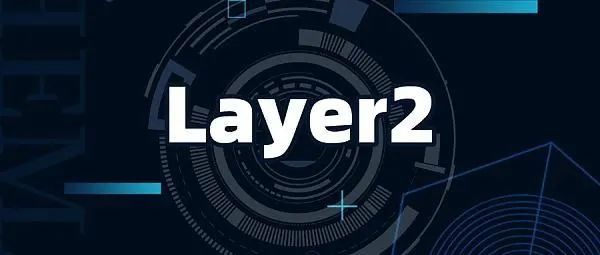Blockchain Layer 2.
- Lawrence Cummins
- Jun 18, 2023
- 2 min read
Introduction:
Blockchain technology has gained significant attention in recent years due to its potential to revolutionize various industries. One significant development within the blockchain ecosystem is Layer 2 solutions. In this blog, we will delve into the concept of Blockchain Layer 2, examine its architecture, explore the underlying mathematics, and discuss its importance. Furthermore, we will analyze the Lightning Network, one of the most notable Layer 2 scaling solutions, and understand how it operates.

Understanding Blockchain Layer 2:
Blockchain Layer 2 refers to protocols or solutions built on top of existing blockchain networks, enhancing their scalability and performance without compromising the security and decentralization provided by the underlying layer. These solutions address the scalability issues related to blockchain, which often hamper its widespread adoption and utilization in real-world scenarios.
Architecture of Blockchain Layer 2:
The architecture of Blockchain Layer 2 solutions predominantly revolves around two main concepts: off-chain transactions and sidechains. Off-chain transactions involve moving a significant portion of transactions off the main blockchain, effectively reducing the on-chain load and allowing for faster transactions. Sidechains, on the other hand, are separate blockchains that interact with the main blockchain, enabling various off-chain computations and transactions to take place.
Mathematics behind Blockchain Layer 2:
Mathematics plays a crucial role in the functioning of Blockchain Layer 2 solutions. One of the key mathematical concepts utilized is cryptographic proofs, such as zero-knowledge proofs. These proofs facilitate the verification of transactions without the need to reveal sensitive information, ensuring privacy and security. Additionally, game theory principles and smart contract-based mechanisms govern the various incentive structures and penalties to ensure the system's integrity and discourage malicious behavior.
Importance of Blockchain Layer 2:
Blockchain Layer 2 solutions offer several key advantages. Firstly, they improve scalability by reducing network congestion enabling faster and more efficient transactions. Secondly, Layer 2 solutions provide enhanced privacy and security, as off-chain transactions can be executed without disclosing sensitive data on the main blockchain. Moreover, these solutions enable interoperability between different blockchain networks, promoting a more connected and unified ecosystem. Overall, Layer 2 solutions are crucial for achieving widespread blockchain adoption, particularly in industries that require high transaction throughput and low latency.
The Lightning Network: Working Principles:
The Lightning Network is an exemplary Layer 2 scaling solution for the Bitcoin blockchain. It enables instantaneous and low-cost transactions by creating a network of bidirectional payment channels. These channels allow users to conduct multiple off-chain transactions without broadcasting all of them to the main Bitcoin blockchain. Furthermore, transactions on the Lightning Network can be securely routed through intermediate nodes, ensuring trustless transfers through a network of multi-signature wallets. Payments on the Lightning Network are settled on the main blockchain only when the channel is closed, thereby minimizing congestion and reducing transaction costs.
Conclusion:
Blockchain Layer 2 solutions offer a promising pathway to address the scalability challenges associated with blockchain technology. By leveraging off-chain transactions and sidechain architectures, Layer 2 solutions enhance scalability, security, and privacy while maintaining the decentralized nature of blockchain networks. The Lightning Network serves as a practical example of a successful Layer 2 scaling solution, revolutionizing the speed and cost-effectiveness of Bitcoin transactions. As the blockchain ecosystem continues to mature, the development and implementation of Layer 2 solutions will play a pivotal role in unlocking the full potential of blockchain technology.
Comments